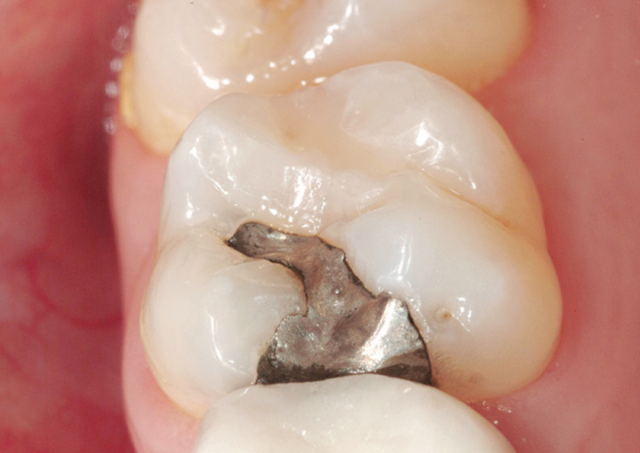Do You Pre-wedge For Your Posterior Composites?
Direct posterior resin is a mainstay in clinical practice. However, it is not uncommon for clinicians to struggle creating consistently tight interproximal contacts. Due to the contraction shrinkage of the composite from photo polymerization, tooth separation greater than the width of the matrix is necessary to create an intact proximal contact. One advancement that has made achieving a solid interproximal contact more predictable is the use of a sectional matrix and a separating ring.1 Another recommendation that can be beneficial is to “pre-wedge” the embrasure prior to treatment (but after the administration of anesthetic).2
Although pre-wedging has been around a long time, it is something that is still valid today. The concept involves placing a wooden wedge (following the administration of anesthetic) into the proximal area to be restored prior to beginning tooth preparation. Aside from causing separation of the teeth, the pre-placement of a wedge has other advantages as well:
- It helps protect the interproximal tissue and rubber dam
- It helps protect the proximal surface of the adjacent tooth
As the tooth preparation proceeds, the wedge should be continually advanced into the embrasure to accommodate for any softening or movement of the wedge. A new wedge should be used at the time of matrix placement.
This approach allows ample time to attain the needed orthodontic movement of the involved teeth in order to compensate for the thickness of the matrix band and composite shrinkage.
Gregg Kinzer, D.D.S., M.S., Spear Faculty and Contributing Author
References
1. Loomans BAC, Opdam NJM, Roeters FJM, Brokhorst EM, Burgersdijk RCW. Comparison of Proximal contacts of Class II Resin Composite Restorations in Vitro. Operative Dentistry 2006; 31-6: 688-693
2. Eli I, Weiss E, Kozlovsky A, Levi N. Wedges in restorative dentistry: principles and application. J of Oral Rehab 1991;18(3):257-264
VIRTUAL SEMINARS
The Campus CE Experience
– Online, Anywhere
Spear Virtual Seminars give you versatility to refine your clinical skills following the same lessons that you would at the Spear Campus in Scottsdale — but from anywhere, as a safe online alternative to large-attendance campus events. Ask an advisor how your practice can take advantage of this new CE option.

By: Greggory Kinzer
Date: August 12, 2015
Featured Digest articles
Insights and advice from Spear Faculty and industry experts



